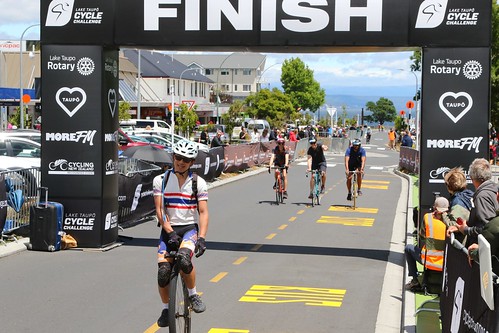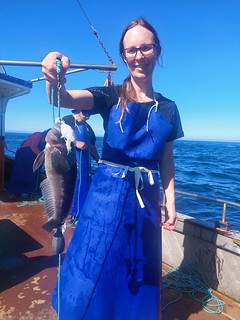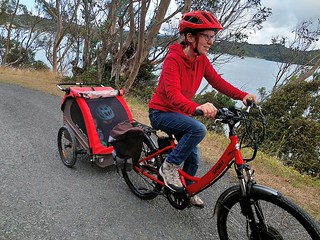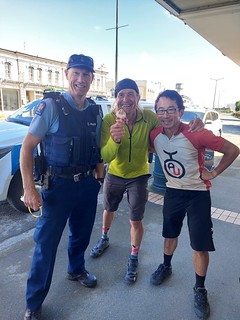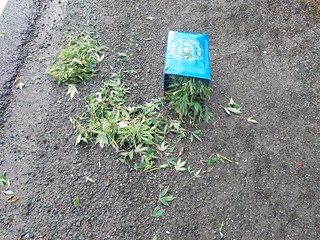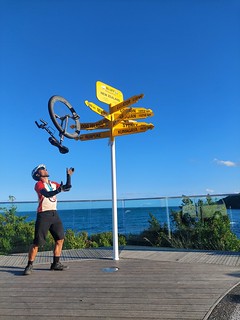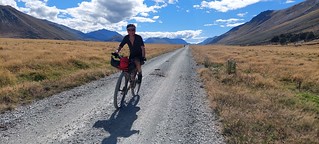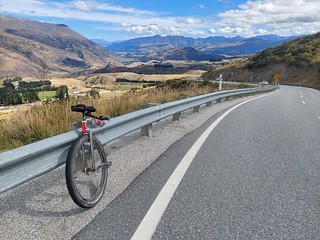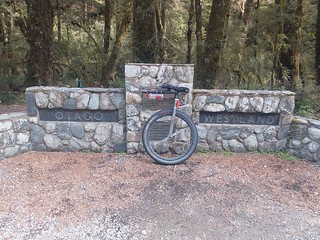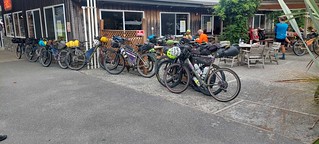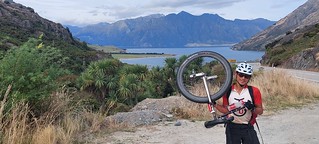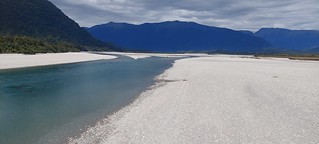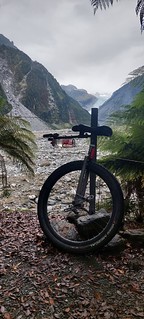These days I spend most of my time riding, touring and racing on 29″ unicycles, but I was super excited when I heard about the new 36″ Braus carbon rim back in 2020. It was less than half the weight of the various aluminium 36″ rims, which is a hefty saving considering the weight of these things! I had the idea of using this wheel for the Lake Taupo Cycle Challenge, a race I do every year. My old best time of 7hrs 43min was set on a much heavier 36″ unicycle in 2004, so this was my best chance of breaking the record. I was also eyeing up Tour Aotearoa, a 3000km ride of the length of NZ.
The Braus rim weighs in at 546g (claimed), compared with my original Coker Airfoil rim (1232g*). Another exciting development in the diet stakes was the Nimbus Nightrider Lite tyre, with a claimed weight of 1310g, compared with the original Nightrider tyre weighing in at 1960g* and my wheel TA tyre 2060g*. Add to this the spoke count of 32H instead of 36H, shorter and lighter Quax cranks and a set of Ti AEST pedals, and I’d saved over 2kg in rotating weight, and almost 1.5kg of that was in outer wheel diameter where it matters the most.
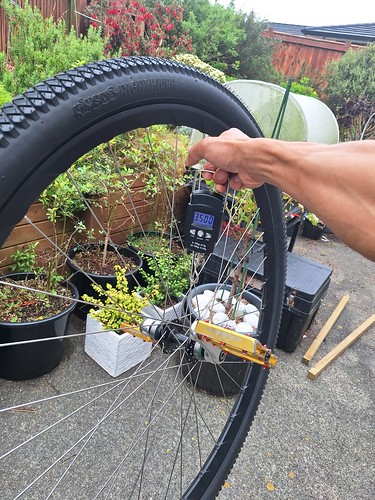 Braus wheelset
Braus wheelset
 Old Coker Airfoil wheelset
Old Coker Airfoil wheelset
Then Covid happened, and the annual Lake Taupo Cycle Challenge was postponed not once, but twice, meaning that I couldn’t test it in a race where I have almost 20yrs worth of history.
In 2022, I decided to ride Tour Aotearoa, and this would be the ideal unicycle except for one thing- the tyre is a very tight fit, so isn’t the easiest thing to fix in the event of a puncture. The rim is drilled for presta valves. and is too narrow to drill for a schrader valve, meaning I had to use a 29″ inner tube stretched to fit, instead of a 36″ tube. It’s another weight saving, but I pinch flatted two tubes on installation, so was not the best setup if I were to have a puncture on tour.
All this meant the unicycle sat in storage for over 3 years until I came across the 36″ TPU inner tubes by Trentasei. It has a presta valve (great!) and is made for a 36″ diameter wheel instead of being stretched from a 29″. I ordered a couple of tubes from Luca at Trentasei36 in Italy. He was super helpful and the tubes arrived quickly. Having had bad experiences with ultra light latex inner tubes many years ago, I was sceptical of TPU inner tubes. The 36″ TPU tube weighed in at 103-108g, another big saving compared with a 29″ CST butyl inner tube (260g), and a 36″ butyl inner tube (524g). Better still, without the excess stretch of 29″ tube, I installed it easily without damaging the tube. The material, although very light, doesn’t have the balloon like feel of a latex tube. It holds air well (unlike latex), and makes a nice springy, hollow sound when revved up to speed. It not only feels fast, it sounds fast! As a bonus, the tube rolls up into a small compact bundle, which makes it easy to carry a spare. This has to be the best value upgrade for a 36″ unicycle.
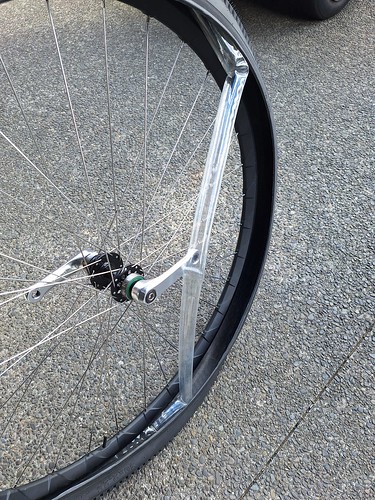


As for the Nimbus nightrider lite tyre, it performs as well as its heavier predecessor, with a grippy tread that handles road camber well. There is plenty of volume, so it’s a comfortable ride. Perhaps a narrower road tyre in future could save even more weight, but it’s easily the best 36″ road tyre currently on the market.
I took the unicycle on a ride through my hilly neighborhood- including a 10-15% gradient climb to my house. It felt snappy, maneuverable, and accelerated and decelerated like a 29″ unicycle, except I was going at 36″ speed! I fitted 100mm cranks, where I would normally ride 125s on the same gradient. It had a similar feel to 29″/89mm.
The best demonstration of the whole system is to race it, and I smashed my 2004 Lake Taupo Cycle Challenge record by 15min!
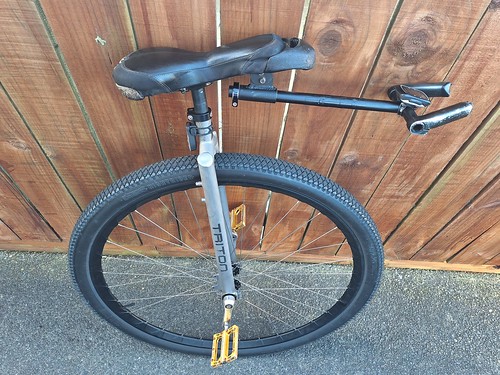
*posted weights on Unicyclist.com


